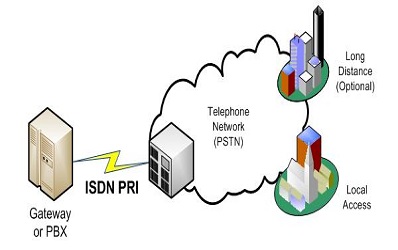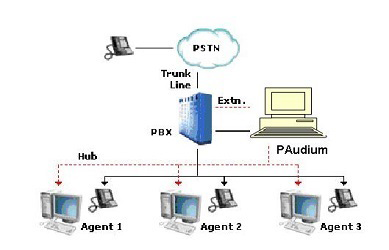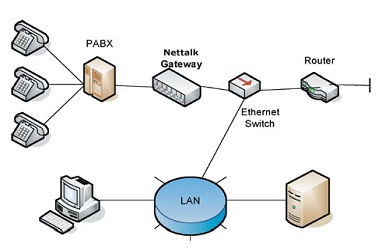TATA Tele Business Services/Communications PRI & SIP Trunk, VOIP, Leased Lines & Mpls Vpn Connection and best Service Provide with Price Rates & Tariff Plans: 9206776070 | 9902420304.
The Primary Rate Interface (PRI) is a standardized telecommunications service level within the Integrated Services Digital Network (ISDN) specification for carrying multiple DS0 voice and data transmissions between a network and a user.
PRI is the standard for providing telecommunication services to offices. It is based on the T-carrier (T1) line in the US and Canada, and the E-carrier (E1) line in Europe. The T1 line consists of 24 channels, while an E1 has 32.
T1 and E1 systems
PRI provides a varying number of channels depending on the standards in the country of implementation. In North America and Japan it consists of 23xB (B channels (be/s). In Europe and Australia it is 30xB + 1xD on an E1 2.048 Mbit/s. One timeslot on the E1 is used for synchronization purposes and is not considered to be a B or D channel.
Fractional T1
Fewer active B channels (also called bearer channels) can be used for a fractional T1. Bearer channels may also be known as user channels. More channels can be used with more T1s, within certain design limits.
PRI and BRI
The Integrated Services Digital Network (ISDN) prescribes two levels of service:
BRI, the Basic Rate Interface: two 64-kbit/s B channels and one 16-kbit/s D channel, intended for the homes and small enterprises PRI, the Primary Rate Interface for large organisations, with one 64-kbit/s D channel and 23 (1536 Mbit/s T1, a.k.a. "23B + D") or 30 64-kbit/s B channels (2048 Mbit/s E1, a.k.a. "30B + D").
Each B-channel carries data, voice, and other services. The D-channel carries control and signaling information. Larger connections are possible using PRI pairing. A dual T1-PRI could have 24 + 23 = 47 B-channels and 1 D-channel (often called "47B + D"), but more commonly has 46 B-channels and 2 D-channels thus providing a backup signaling channel. The concept applies to E1s as well and both can include more than 2 PRIs. Normally, no more than 2 D-channels are provisioned as additional PRIs are added to the group.


